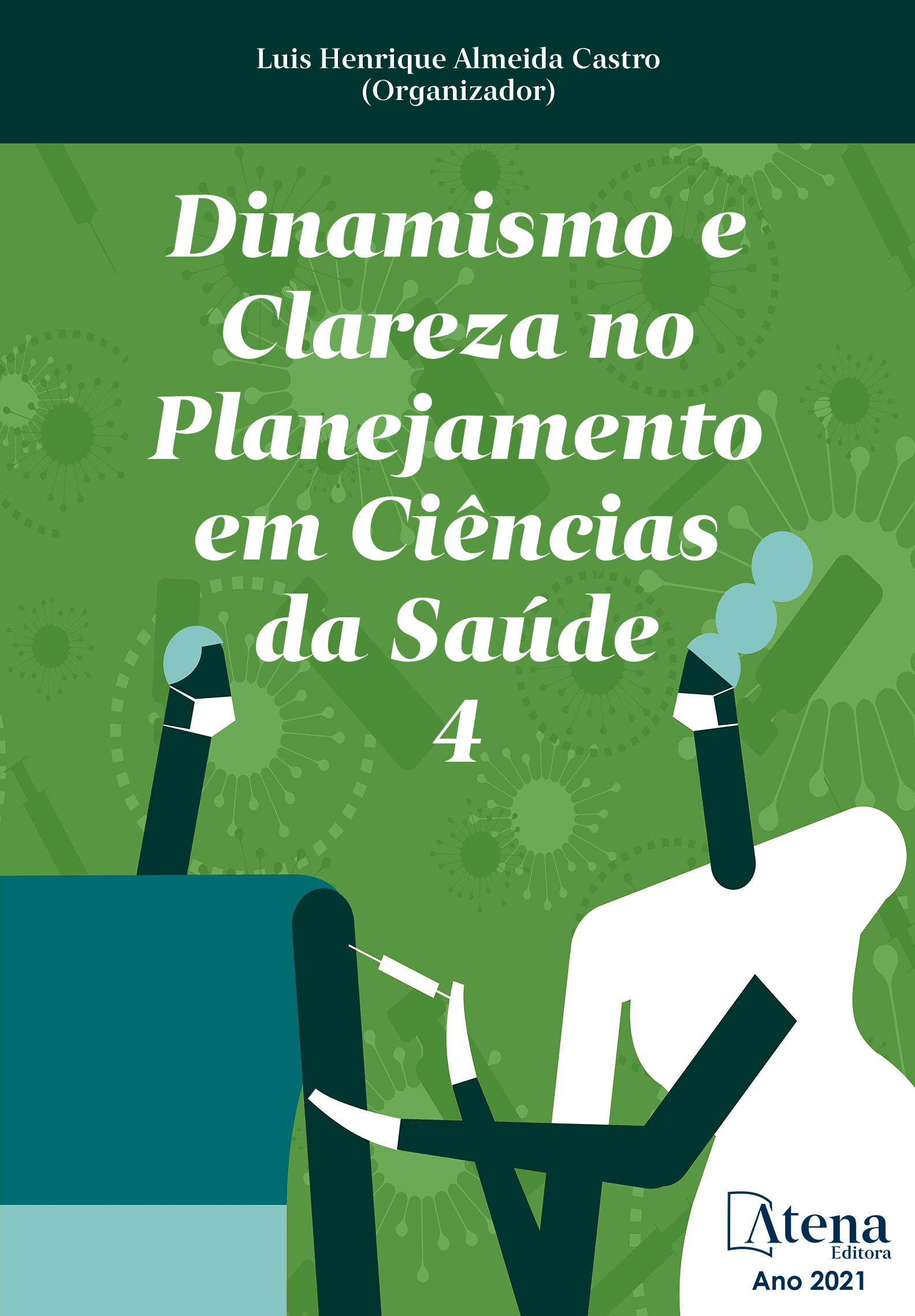
A IMAGÉTICA MOTORA COMO ESTRATÉGIA PARA A REABILITAÇÃO NEUROLÓGICA PÓS ACIDENTE VASCULAR ENCEFÁLICO (AVE).
A imagética motora - IM- trata-se da imaginação de uma ação sem a sua execução física, de modo a provocar atividade nas regiões cerebrais correspondentes. Os benefícios da IM se concentram como uma ferramenta de reabilitação, a partir da capacidade de o treinamento de imagem promover o aprendizado motor e aumentar a excitabilidade cortical. A literatura sugere que a IM pode ser um instrumento terapêutico importante para facilitar a recuperação motora de indivíduos após lesão neurológica. Dessa maneira, estudos que associam o uso da IM em pacientes pós Acidente Vascular Encefálico -AVE- são cada vez mais recorrentes. Esse trabalho objetiva esclarecer as estratégias de uso da IM na reabilitação pós-AVE. Trata-se de uma revisão de literatura de cunho analítico. Para fomentar esse trabalho, foram selecionados artigos nas bases de dados eletrônicas PUBmed, ABC Health Sciences e MEDline (Medical Literature Analysis and Retrieval System Online). O objetivo da reabilitação neurológica é facilitar o reaprendizado motor para restaurar a capacidade funcional do paciente tanto quanto possível. Entretanto, na prática clínica existem pacientes severamente afetados e, portanto, incapazes de se beneficiar dos métodos tradicionais, nesses casos, a IM é apresentada como uma ferramenta eficaz. A IM associada à terapia motora parece favorecer automação do movimento no nível cortical sem aumentar a demanda física do indivíduo, além de ser útil para retenção da aprendizagem motora. Assim, parece possível que o uso frequente da IM facilita a organização de neurônios motores centrais. No entanto, alguns vieses podem ser observados, como a falta de consenso sobre o protocolo em relação à duração e perspectiva das intervenções de IM. Destarte, a IM pode ser utilizada como adjuvante para melhorar a capacidade motora dos sujeitos pós AVE, sendo eficaz para a melhoria, sempre em combinação com outras abordagens de reabilitação.
A IMAGÉTICA MOTORA COMO ESTRATÉGIA PARA A REABILITAÇÃO NEUROLÓGICA PÓS ACIDENTE VASCULAR ENCEFÁLICO (AVE).
-
DOI: 10.22533/at.ed.3562130034
-
Palavras-chave: AVE. IM. Tratamento.
-
Keywords: Stroke. MI. Treatment.
-
Abstract:
Motor imagery - MI- is the imagination of an action without the physical execution, in order to provoke activity in the corresponding brain regions. The benefit of MI is mainly the use as a rehabilitation tool, based on the ability of image training to promote motor learning and increase cortical excitability. The literature suggests that MI can be an important therapeutic tool to facilitate motor recovery in individuals after neurological injury. Thus, studies that associate the use of MI in patients after stroke are increasingly recurrent. This work aims to clarify the strategies for using MI in post-stroke rehabilitation. This is an analytical literature review. To support this study, articles were selected from the electronic databases PUBmed, ABC Health Sciences and MEDline (Medical Literature Analysis and Retrieval System Online). The goal of neurological rehabilitation is to facilitate the relearning motor to restore the patient's functional capacity as much as possible. However, in clinical practice there are patients severely affected and unable to benefit from traditional methods, in these cases, MI is presented as an effective tool. The MI associated with motor therapy seems to favor automation of movement at the cortical level without increasing the individual's physical demand, in addition to being useful for retaining motor learning. Hence, it seems possible that the frequent use of MI facilitates the organization of central motor neurons. However, some biases can be observed, such as the lack of consensus on the protocol regarding the duration and perspective of MI interventions. Thus, MI can be used as an adjunct to improve the motor capacity of subjects after stroke, being effective for improvement, always in combination with other rehabilitation approaches.
-
Número de páginas: 7
- Vivian Saeger Pires
- Bianca Sampaio Lima
- Larruama Soares Figueiredo de Araújo
- Brenda Ellen Meneses Cardoso
- André Pessoa Silva Bastos
- Rafaela Costa Pacheco
- Gabriela de Souza Mendonça
- José Guilherme de Oliveira Rodrigues Ferreira
- Louise Ribeiro Teixeira
- Charles Ponte de Sousa Filho
- Brenda Dias Araujo
- Luan Kelves Miranda de Souza


